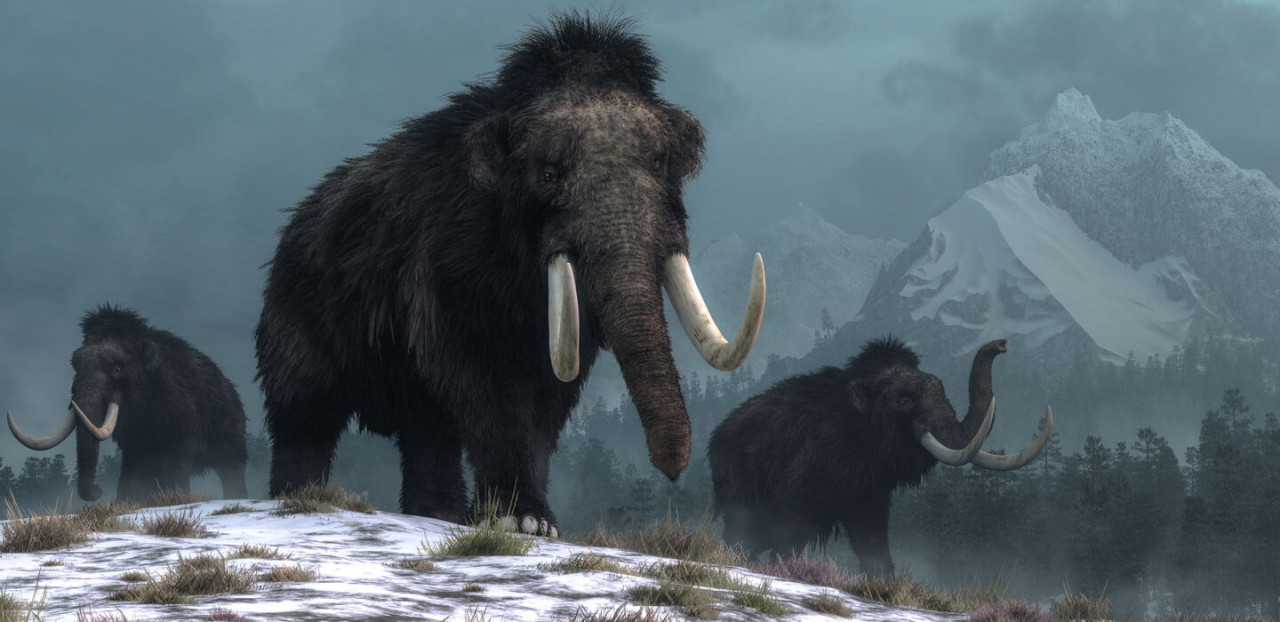Perthblog
Climate Change – Species Extinction or Explosion?

Gone But Not Forgotten
Did you notice that the Feds just announced that 23 bird and fish species have just gone extinct? Of course, that’s a real pity but its not as if there aren’t already millions of species on the planet.
And its not as if there aren’t existing species whose populations are being decimated, like fish, insects, honeybees, birds and so on. Admittedly this is probably more to do with habitat destruction by us humans rather than climate change per se. But those 23 extinct species are the tip of the proverbial melting Antarctic iceberg.
Just to get one thing out of the way seeing as we’re talking climate change, which is hardly a neutral topic these days. Yes, we are in the midst of major climate change. Yes, humans probably caused most of it. Yes, there’s vast numbers of other species going extinct. So, to notice some particular species going extinct is not to deny the obvious changes going on all around us.
I’m sure you remember Charles Darwin. Yep, the theory of evolution and the survival of the fittest.
Although I have argued in the past that much of what he posited was wrong (“Was Darwin wrong? Why it matters”26 November 2016), it’s self-evident that much of it was right too. And one of those things was that the fittest survive and the others don’t, after they get rubbed out by unforgiving environments.
More New Kids on the Block
I don’t remember Darwin ever saying that unfit species maybe don’t survive for some time, do you? And I also don’t ever remember him saying that when environmental conditions change, you don’t get new species that take advantage of new evolutionary niches that didn’t exist before.
Right now, we’re in the midst of an epochal change in climate and planetary environmental conditions. Ergo new species are being created as we speak in response to these changes. For every 23 species going extinct there are an as-yet uncounted number of new additions.
There’s a big difference between noticing that species we have known and loved to have disappeared and that new ones are being created. After all, by definition we don’t know what a new species looks like. It might look the same as before. It might look like the old one but have totally different genes, which we haven’t examined yet.
Epigenetic processes can happen quickly without being obvious but still affect evolution in ways that can be dramatic. The populations of the new species might be growing too slowly to have been noticed by anyone. And so on. So, there could be millions of new species emerging which we haven’t noticed yet.
Remember the Cambrian Explosion, the rapid emergence of new species that occurred a half billion years ago? We’re not sure exactly how it began but the reigning theory is that it was because of an increase in oxygen levels that led to millions of new wigglies emerging which led to totally new life forms. Not so coincidentally this led to climate change that resulted in more new species.
We should confidently expect our current global warming to result in the creation of many new species, maybe even millions of them. It might even be what we might later decide to call the Anthropocene Explosion seeing as it was us humans that led to it. While an explosion is ongoing, more old species will still die out, having been outcompeted by the new interlopers. It’s just what happens. It’s natural.
Right now, it’s not just the climate that’s changing. Way more pollution. Way more new chemicals in the environment. Way more radical changes in the human, social, chemical, biological, genetic environments. So, millions more radically new environmental niches opening. So, way more species in the process of creation and emergence.
In sum, an explosion of new species is entirely on the cards. It’s happening as we speak. While it happens, millions of old species will die out. Get used to it.
Brave New World
Of course, this does raise a big question. Are more new species going to be created in the Anthropocene Explosion than are being lost (“Are Humans Creating More Species Than We’re Killing?”). We don’t know. But new species are definitely being created, and probably a large number. We know this from work in genomics and epigenetics as well as more traditional evolution research.
So back to those 23 extinct species. A pity but they weren’t fit enough to survive and now they’re being replaced by stronger species that will. We might not be around to see the denouement, but we can be sure that there will be one or many.
Climate change will probably result in an explosion of new species that changes the world as we know it. Even if the new world is not to our liking.
Could humans be one of the newly extinct species too….?
When you subscribe to the blog, we will send you an e-mail when there are new updates on the site so you wouldn't miss them.
